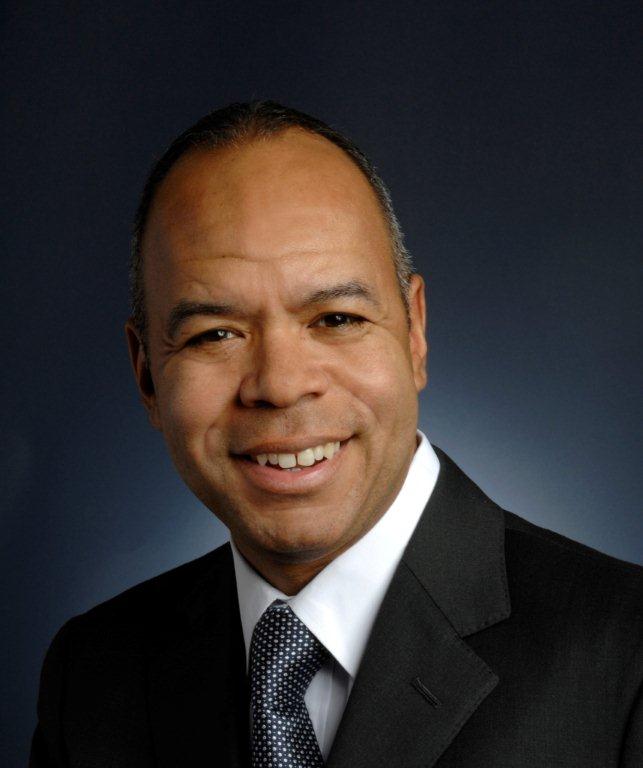By Gene Hammett
Imagine yourself on stage. You are speaking directly to a room of 100 of your ideal clients. You are confident and prepared to give a message that connects directly to the heart of the audience and appeals to their logic side, too.
Does that scare you?
Does it excite you?
One of my clients, Jason Swenk (founder of JasonSwenk.com), just came back from Inbound, a 13,000-person event hosted by HubSpot. Jason was invited to speak to a standing-room-only breakout room. He was given a mic and offered the chance to connect to those ideal prospects with his message. Jason was prepared and confident he nailed the talk. Well, the outcome was fantastic. He had dozens of executives asking him follow-up questions for 90 minutes after the talk. No cold calls. No gatekeepers. Just people eager to get to know him and do business with him.
By now, you have probably concluded that his speaking skills are powerful. And your skills have the same potential.
Improving your speaking is one of the hardest things to do – there is so much information in books and on the Internet. Much of it is contradictory and some is just plain crazy. Here is an example. Whoever said, “If nervous, picture the audience naked,” warps my mind. This is the last thing you want to do when on stage and looking to emotionally connect with the audience.
If the only thing holding you back is the skills to be a better speaker, you are in luck. A few weeks back, I got a chance to interview Michael Port (six-time New York Times best-selling author) about improving speaking skills. Michael has been performing for audiences large and small to become one of the best in the business of speaking. He has spoken for Fortune 500 and a variety of other events to hone his own performance.
We uncovered some common myths and fine-tuned a plethora of ways to improve your speaking. Michael brings a new perspective on speaking that allows you to see how a professional sees the performance of speaking.
Here, I give you eight powerful tips to improve your speaking – from the master, Michael Port:
- The Opening – Cut the filler words and phrases, like, “Hey I just flew in from…”. To get the audience engaged, get right to it instead of putting in unnecessary words.
- The Closing – Make it powerful, yet don’t fill it with fireworks. Ensure the audience has taken the big idea of the speech and never do anything after the applause.
- Emotional Connection – Really, the most important thing is connecting at an emotional level with the audience. You might think your “how to” speech doesn’t need emotional elements, yet – if you want your audience to connect to you after the speech – you want to connect with their emotions.
- Emotional Contrast – Any speech that is just one note is boring; great speeches have contrast in content, structure, and emotions. Move from sad to funny to engage the audience – this keeps them on the edge of their seats in a good way.
- Eye Contact – Don’t stare too long to make someone uncomfortable; scan the room and look at people to draw them into the moment (remember: don’t picture the audience naked, either).
- Movement – Use the whole stage to connect with the audience using your movements. Don’t wander or look down as these cause the audience to disengage and question your influence.
- Slides – It is never a question of using slides or NOT using slides; the issue is how you use them to support your message. Seth Godin is a master at using slides and can use 150 slides in a single presentation. Use slides to write your speech first and create slides to support your message (most people want to write slides then write the speech; this places the slides in the performer’s seat instead of you).
- Audience Interaction – This must be in proportion to the amount of trust you have developed with the audience. Opening with a question that is too invasive will cause you to lose the audience; by the end of the presentation, you will have built more trust and you can ask more of the audience.
Bonus Power Tip:
Practice – Michael believes you must practice your speech. OK, this is not news to you. However, are you practicing with the awareness of the above tips? In Steal the Show, Michael gives insights to better practice techniques that will make you more prepared for your performance on stage.
If you want to dive deeper into improving your speaking, I recommend you check out Steal The Show: From Speeches to Job Interviews to Deal-Closing Pitches, How to Guarantee a Standing Ovation for All the Performances in Your Life. It is packed with valuable insights to push you beyond your current level of performance.
Now that your awareness to speaking has broadened and deepened, you must push beyond the inner barriers that stop you from improving.
In the comments below, let me know what you will be adding to your speech.
Here is the full interview with Michael Port, if you want to check it out.
https://soundcloud.com/leadersinthetrenches-1/176-performing-to-steal-the-show-with-michael-port
 Gene Hammett is CEO of Leaders in the Trenches. Subscribe to his podcast in iTunes or Stitcher.
Gene Hammett is CEO of Leaders in the Trenches. Subscribe to his podcast in iTunes or Stitcher.










